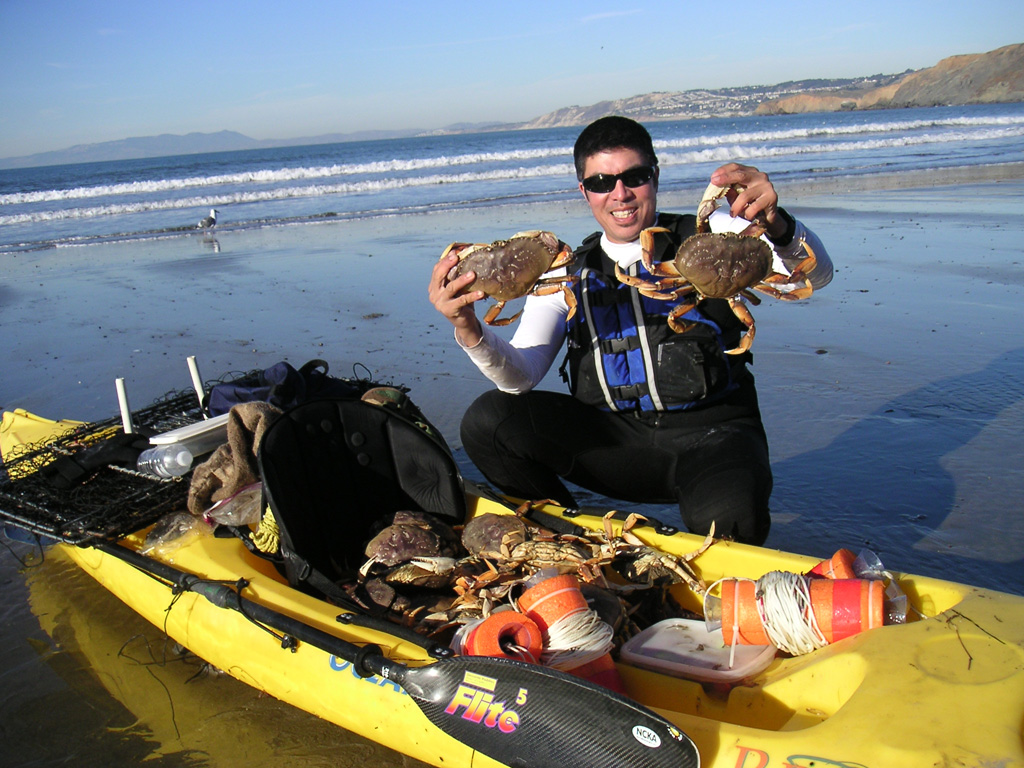|
by fishbushing
[Today at 06:03:18 PM]
by NowhereMan
[Today at 05:00:15 PM]
by Mark L
[Today at 03:55:46 PM]
by bbt95762
[Today at 12:59:00 PM]
by Fisherman X
[Today at 11:26:20 AM]
by li-orca
[November 07, 2024, 11:22:56 PM]
by FISHIN_ROD
[November 07, 2024, 08:19:56 PM]
by Papa Al
[November 07, 2024, 04:46:55 PM]
by E Kayaker
[November 07, 2024, 05:30:15 AM]
by SpeedyStein
[November 06, 2024, 06:45:14 PM]
by scottymeboy
[November 06, 2024, 03:28:12 PM]
by crash
[November 06, 2024, 02:14:58 PM]
by Hojoman
[November 06, 2024, 12:58:26 PM]
by ThreemoneyJ
[November 06, 2024, 08:03:44 AM]
by LoletaEric
[November 06, 2024, 12:24:40 AM]
by Pernell
[November 05, 2024, 08:58:54 PM]
by Pernell
[November 05, 2024, 08:57:32 PM]
by E Kayaker
[November 04, 2024, 10:18:40 PM]
by Dankayak
[November 04, 2024, 09:31:04 PM]
by LoletaEric
[November 04, 2024, 08:33:35 PM]
by Fiver
[November 04, 2024, 04:26:17 PM]
by Jigasaurus
[November 04, 2024, 12:11:28 PM]
by Yakkin
[November 03, 2024, 09:55:49 PM]
Support the site by making a donation. |
|


 Welcome, Guest. Please
Welcome, Guest. Please  November 08, 2024, 06:16:29 PM
November 08, 2024, 06:16:29 PM
